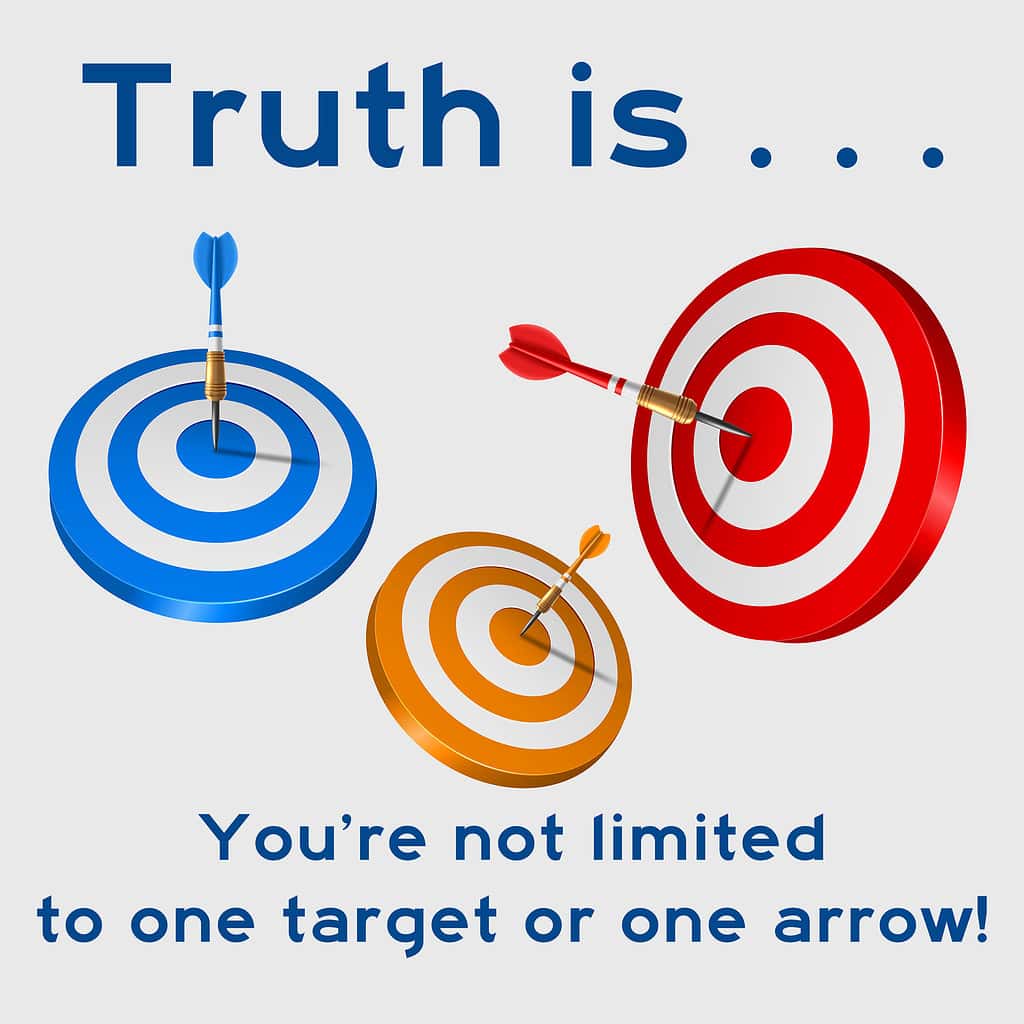If the problem is that we don’t have a system to assign priorities to tasks, you might think the answer is to develop such a system. Unfortunately, that’s not the answer. Simply imposing a system of priorities might do some good, especially if you can get others to go along.
The real answer–the long-term answer–is to develop principles by which you run your business and goals that are consistent with those principles. In other words, the goal is to look past today and this week and look at the big picture.
Every business needs a “big picture.” Every person needs a big picture.
What are your goals for the next five years? The next one year? The next quarter? This day, this week, this month are all points along the way. Just as there are few straight roads, there are few straight courses to your long-term goals.
I grew up in Eastern Washington State. To go anywhere you had to go over a maintain pass. I remember as a child when I learned to read a compass and figure out which way the car was heading. I was concerned when I had to inform my father that we were heading west instead of north. Then we’d head east. Then northeast. And sometimes even south! If we need to go north, why are we going south?
He gently explained that the road had to twist and turn to get over the mountains. When the engineers build a road, they have to work around the things they can’t control–like lakes, bad soil, mountains, and rivers. Sometimes they change the scenery: They build bridges or tunnels, and they shore up the mountainside so the road won’t slip away. But most of the time they have to work with the obstacles they have.
The road’s always longer than you think it should be. But eventually it zigs and zags and gets you over the mountain. Then you zig and zag down the other side. And sometimes you find that you’ve spent very little time heading north. And yet you get there.
A business (or a person) without a “big picture” view of where to go will always be reacting to obstacles that appear in the way. And it is very easy to get turned around and lose track of where you want to be at any given time.
All businesses (and people) are moving from where we’ve been to where we will be. Our lazy side wants to relax and stay where we are. But even if we’re not steering the car, it continues to move. So if we don’t keep an eye on where we’re going, we can easily get lost among the obstacles.
As a matter of perspective, we must accept that the road will take us in many directions–and that’s okay. Sometimes you have to go south in order to get north. On the road to success your business will have slow-downs, regulations, customer problems, employee problems, and all kinds of other obstacles.
You need to look at the big map and plot the best long-term path. That’s why you need principles to guide your business and you need to write down where you’re going. You need to post your principles and your goals and you need to talk about them.
Once you have established some principles and goals, you have a mark to steer toward. And everything builds from that.
Now you can set priorities. Long-term priorities. If you need short-term priorities you should set them as well. But beware the short-term priority that interrupts your focus on the long-term priorities.
My consulting business puts a high value on technical competence and customer service. These are laid out in my company principles–they are in writing. These principles are reflected in my priorities. As a result, my company and my people make decisions with these principles in mind.
Our marketing material stresses these points. “We hire only trained and certified technicians.” “Your Satisfaction is Always Guaranteed.”
These principles also work their way into hiring, evaluating, and motivating employees. Every person who comes to work for us signs a contract in which I offer to pay for professional certification exams. So my people know that if they get certified by Microsoft or Novell or Cisco, I’ll pay for it.
This sends a very clear message that my company values technical competence. It also gives me a tool in evaluating performance.
When a job has to be reworked, it costs money and I never charge the client. Thus the client sees that they are not charged more than they are quoted, no matter how much labor is involved. And the technician still gets paid. But the technician also gets an evaluation that focuses on the right way to do the job next time. The customer gets value for their money and the technician gets educated.
My priorities in addressing a problem always put principles first. When I set up my daily, weekly, and monthly “to do” lists, my priorities always govern. Thus new problems are not automatically crises: they simply fit into the list at an appropriate place.
The process–the habit— of creating a simple set of priorities every day and every week can bring amazing clarity and focus to your work. Every morning I write down three goals for the day. One for me as a person, one for my family, and one for my business. One each. Not a long list of things to do and details and errands. One goal for each area of my life. The complex process of dealing with the details is separate.
At 6:00 AM every day I write down my three goals for the day. The simple process of writing them down brings clarity and focus–and reduces stress.
When you set priorities, you need to start with the “big picture,” not with today. Set your “permanent” principles, then five-year goals, one-year goals, and current priorities. After that, setting daily and weekly goals is easy.
We workaholics find ourselves easily dragged back into the world of crises and short-term goals. We lose focus and perspective. We panic when the road turns south instead of looking at the map and working through the rough spots.
To reduce stress in your life and make your work more productive, you need to take time to focus and set priorities. And you can’t focus unless you relax. But that’s another essay.
Remember the old line: Work expands to fill the time available. You’ll never run out of work.







